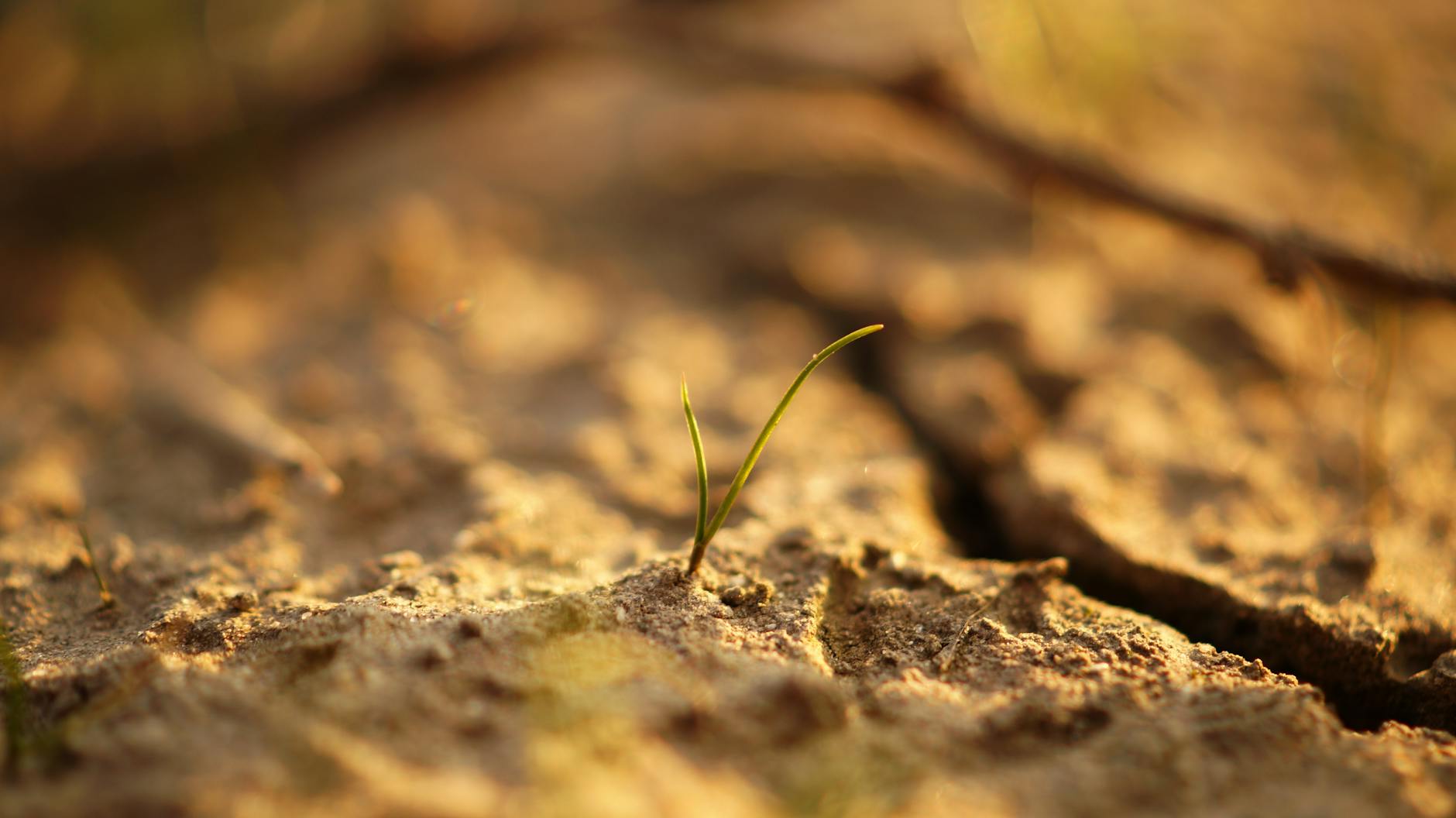Allison Guitor spoke at the Nanopore Community Meeting 2019 on “Harnessing long-read sequencing for antibiotic discovery.” Guitor is from McMaster University in Canada. They noted that antibiotic resistance is on the rise, and there are multidrug-resistant infections. One of the challenges is that bacteria have membranes and mechanisms to remove antibiotics. Guitor shared a timeline of antibiotic discovery highlighting the antibiotics derived from nature. Guitor is in a lab that is interested in finding antibiotics in soil. They have a collection of soil samples and isolates that have been used to develop natural product libraries. The screening has uncovered a challenge: the rediscovery of antibiotics. The team now has used genome sequencing to search for the untapped potential of natural products. The Streptomyces sp. genomes they have found and sequenced are highly variable: circular and linear chromosomes. The team has used the MinION Mk1B and Min106 R9.4.1 flow cells with various kits. With a hybrid approach using short and long reads, the team has a pipeline for sequencing their 11,000 isolates to predict biosynthetic clusters for heterologous expression in optimized hosts. This was a session I had not watched before that shared a comprehensive approach to the discovery and testing of antibiotic biosynthetic pathways.



